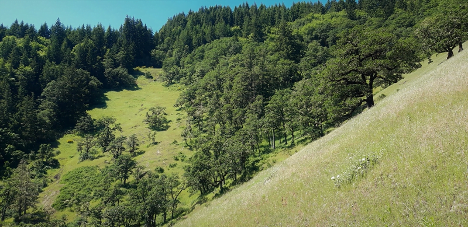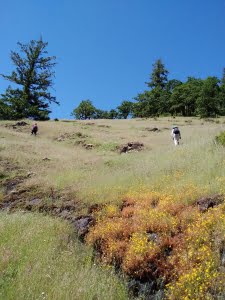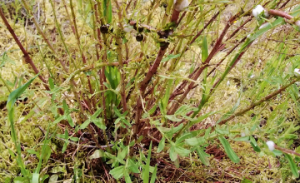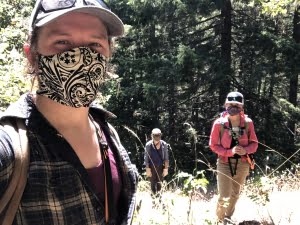
Hope for oak and prairie, just out of sight – but within reach
Contracted by BLM for IAE to do the initial survey for prairie and oak habitat on the Northwest Oregon District, we collected a range of data to assess the quality of the habitat at each site, and made preliminary recommendations for restoration actions to enhance the habitat. We searched for oaks of all shapes and sizes and other trees larger than 40 inches in diameter, identified the most common native and non-native plants, and sleuthed out what might be keeping the site open for oaks and prairie species to thrive - if the site was open at all. In a year that has been stressful for many, the potential held in these often out-of-sight prairies, and the recommended restoration actions, offer a glimmer of hope that organizations like IAE and BLM can continue to work together to restore healthier, more resilient oak habitats in Oregon.
Restoration
Research
Education
Get Involved
Contact
Main Office:
4950 SW Hout Street
Corvallis, OR 97333-9598
541-753-3099
info@appliedeco.org
Southwest Office:
1202 Parkway Dr. Suite B
Santa Fe, NM 87507
(505) 490-4910
swprogram@appliedeco.org
© 2025 Institute for Applied Ecology | Privacy Policy




